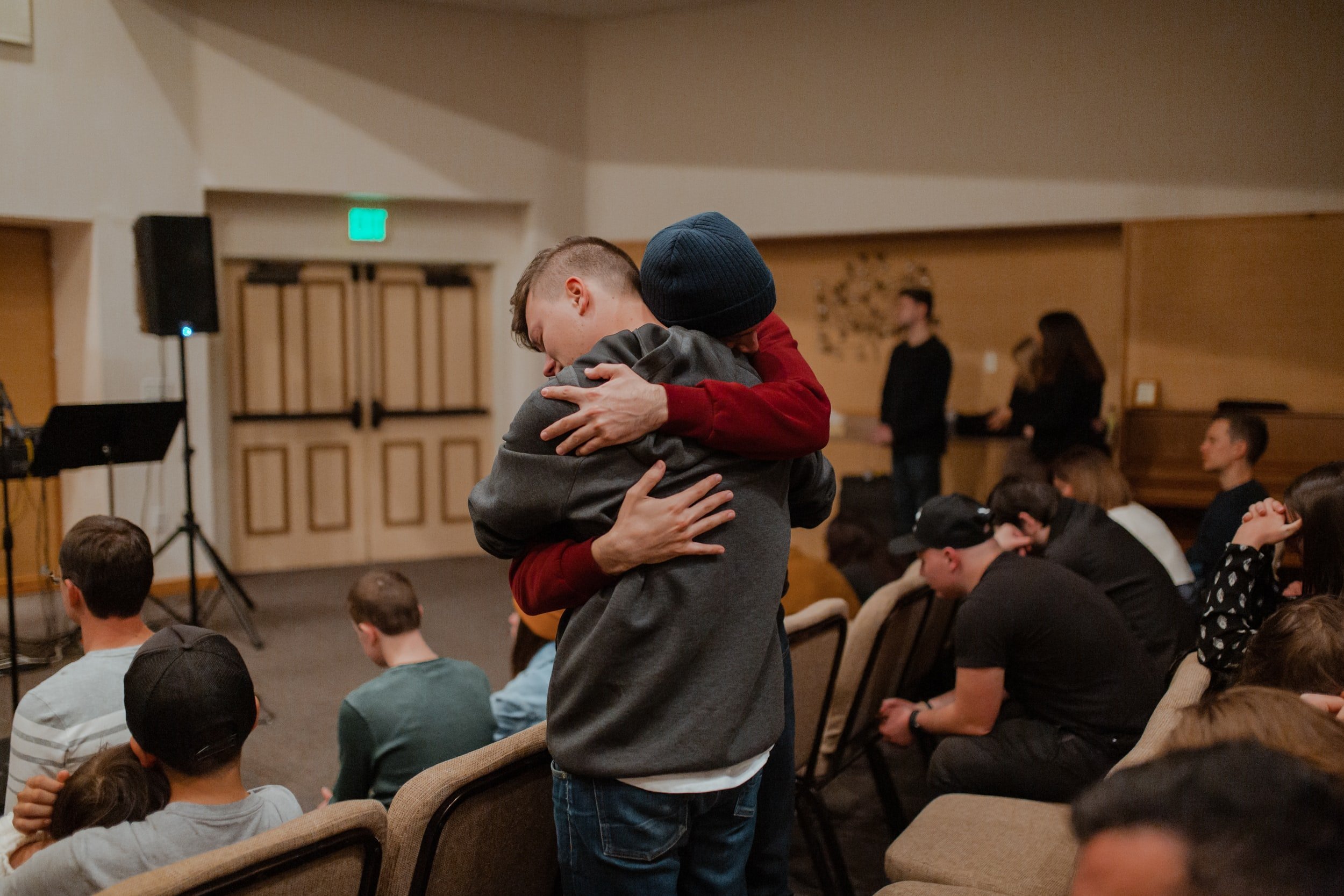Nuance Needed in Adolescent Mental Health Stories
Though the COVID-19 pandemic has impacted the mental health of adolescents in ways we are just beginning to understand, it’s also been a boon to our collective awareness of an issue that existed long before “social distancing” became a fixture in the national lexicon. Adolescence is a developmental period when many mental health problems like depression and substance use begin to emerge – and social and environmental factors can compound these issues. Even before the pandemic, mental health challenges were the leading cause of poor life outcomes for youth. In the 10 years before 2019, the number of high school students reporting persistent sadness or hopelessness had increased by 40% to more than 1 in 3 students. The pandemic has only magnified these pre-existing challenges with shuttered schools, social isolation, and compounded financial and psychological strain on families.
As the pandemic continues, general awareness of the importance of adolescent mental health has increased considerably. But awareness of a problem doesn’t automatically lead to sensitive storytelling. The backlash toward the television show 13 Reasons Why from media critics, educators, and parents points to the difficulties writers face when tackling mental health crises and suicide in adolescents. Graphic, sensationalized content about teen mental health often walks a thin line between relatability and exploitation.
When done right, though, fictional stories may lead to positive outcomes by reducing stigma and normalizing conversations about mental health. This was even the case with the controversial 13 Reasons Why, as research by the Center for Scholars and Storytellers found adolescent viewers were more likely to seek information about issues depicted in the show and have conversations with friends and parents about the topics. Nuanced portrayals of adolescents struggling with mental health and even suicide can be compelling and supportive of healthy development. Here are some recommendations for how to use our research in your stories about mental health:
Strive toward trauma-informed content. This means telling stories in ways that are sensitive - rather than sensationalizing - and empowering towards characters who are experiencing trauma. In the 2012 film The Perks of Being a Wallflower, we see the main character Charlie learn to cope with PTSD from sexual abuse through an evolution of methods – from friendships, to self-medication with drugs and alcohol, and finally to inpatient treatment. The Perks of Being a Wallflower reflects what we know about resilience in adolescence while telling a beautiful (and critically acclaimed) coming of age story.
Model resilience by balancing bleakness with hope. Experts suggest that talking openly about suicide can sometimes serve as a protective factor among adolescents, and CSS’s research reinforces this finding. The 2010 film It’s Kind of a Funny Story does an effective - and affecting - job of this. The main character Craig has the self-awareness to recognize when “normal” stress responses to external pressures become unhealthy, leading him to seek help for what has become full-fledged depression. It’s important to show viewers what supportive environments and relationships look like so that young people know these resources are available.
Move beyond “bootstraps” and “individual savior” storylines. Supporting adolescent mental health is not a one-person job or a matter of self-agency as many false narratives would have us believe. In reality, creating the kinds of deep and complex connections needed is a community-wide undertaking. Think about including not just families, but also schools, community-based organizations, and the healthcare system in supporting roles.
Finding an authentic balance in stories about adolescence and mental health can be difficult. But these narratives also have the potential to accurately and inspiringly show audiences what adolescent development looks like – and how we can support young people who are struggling, together.
Freelancer








